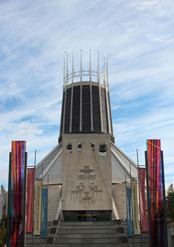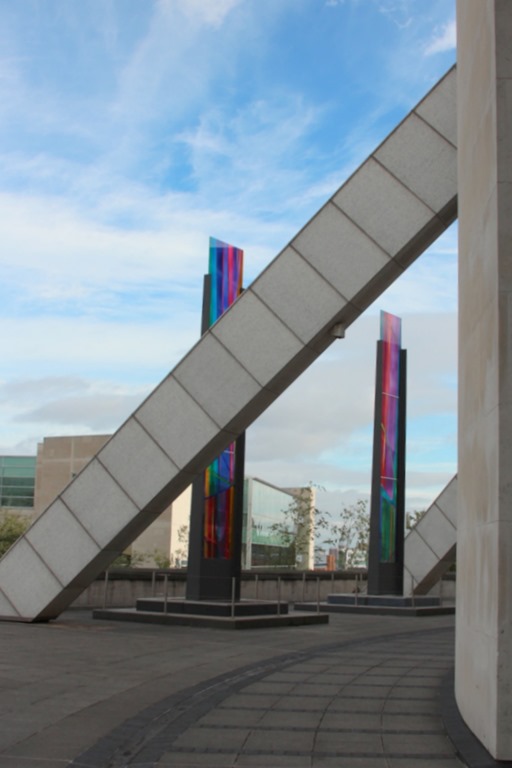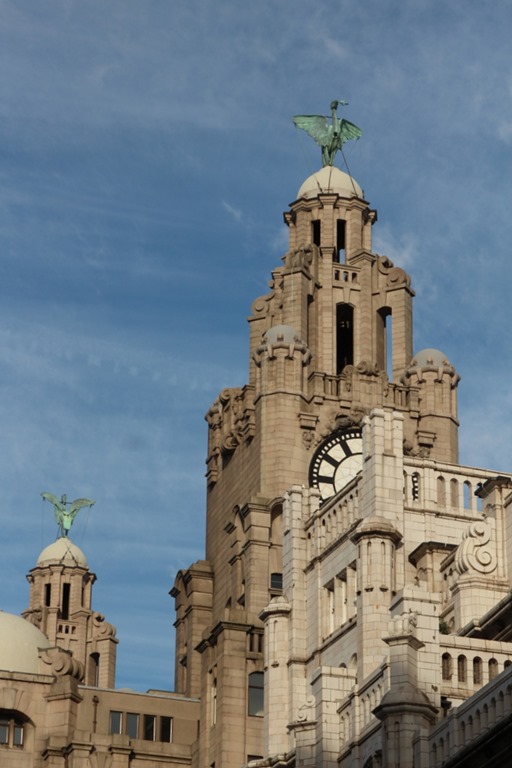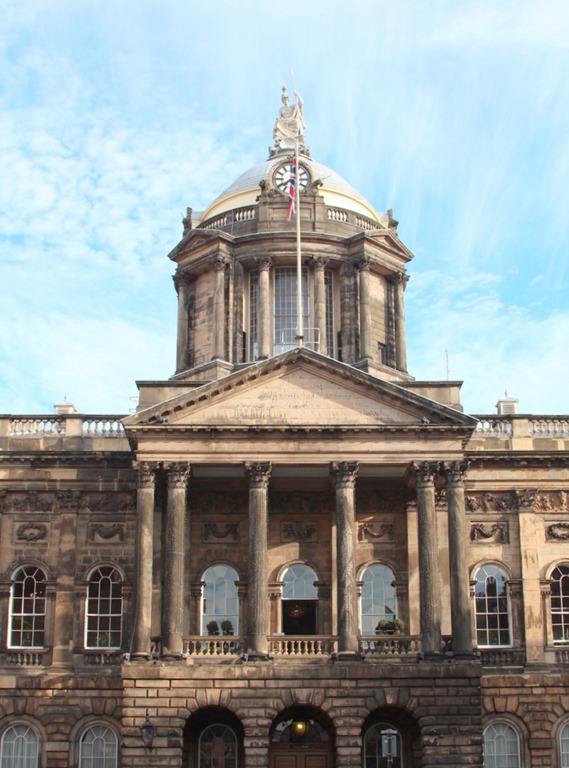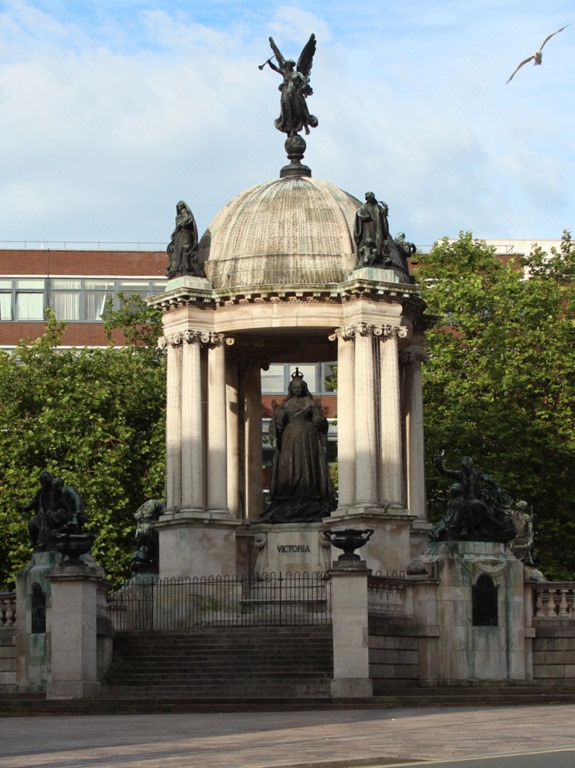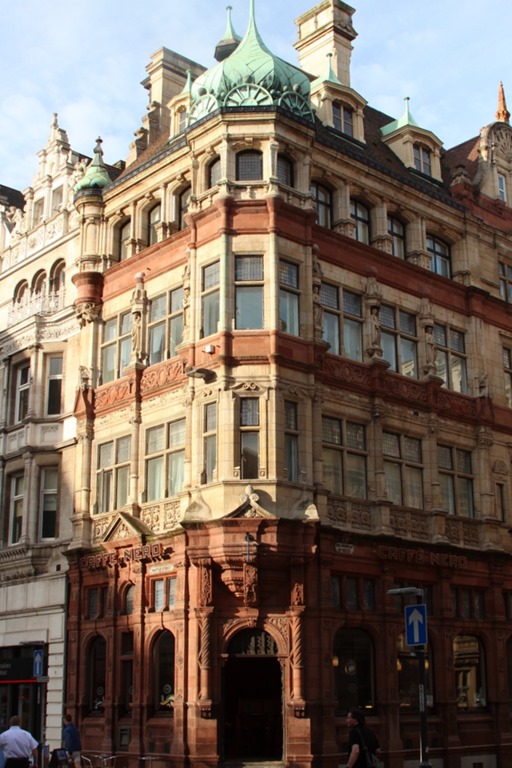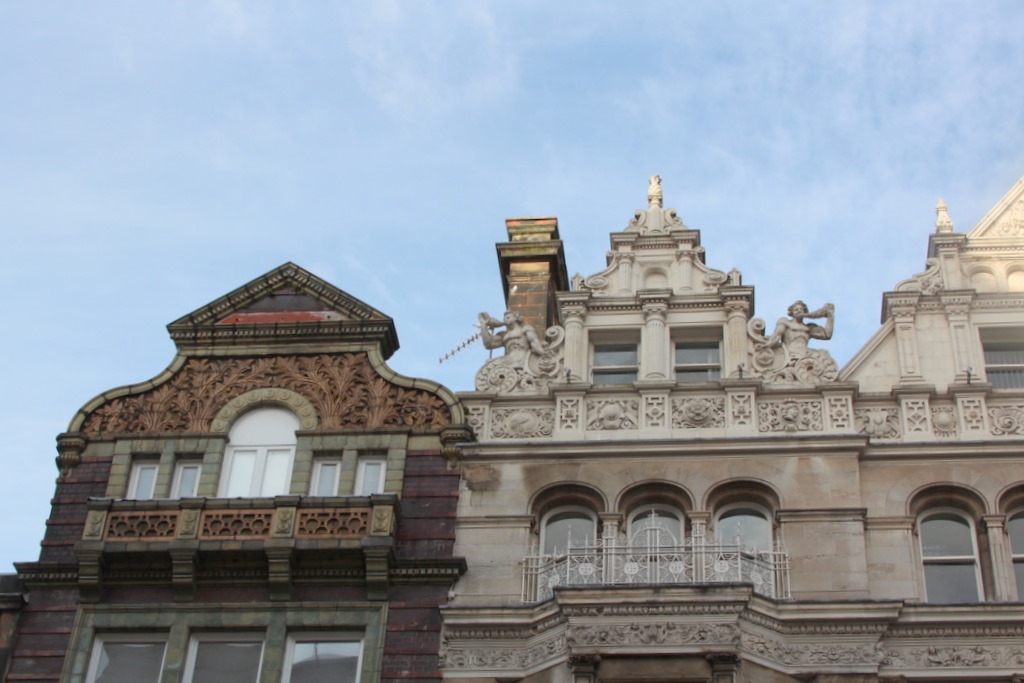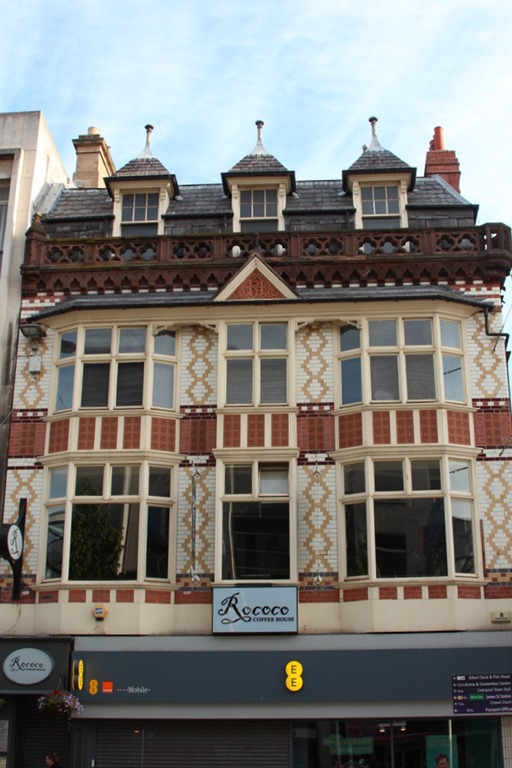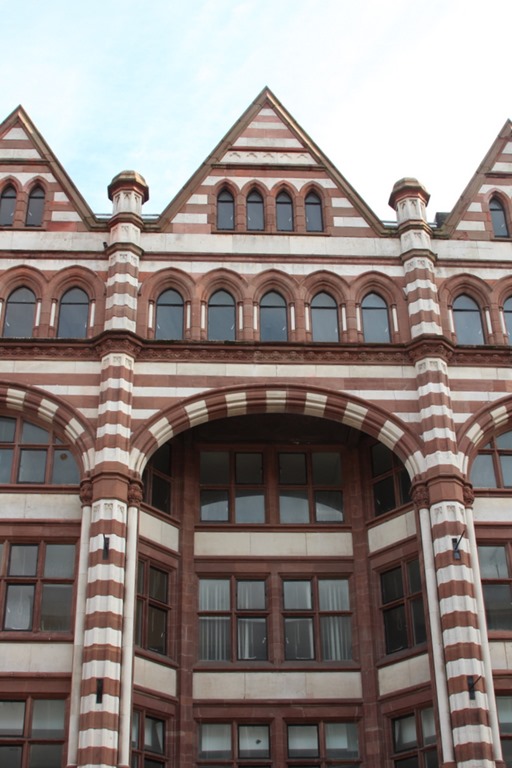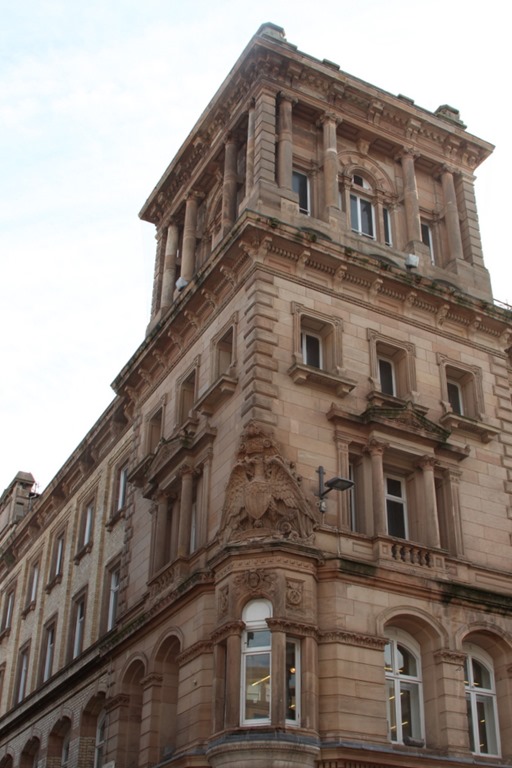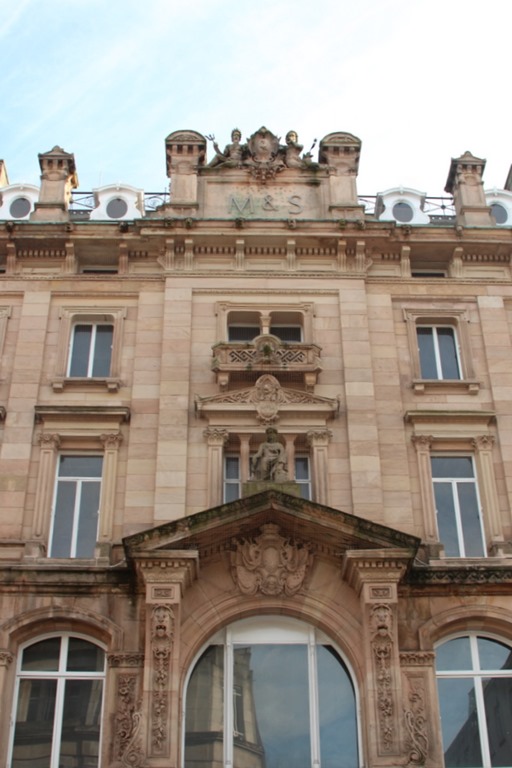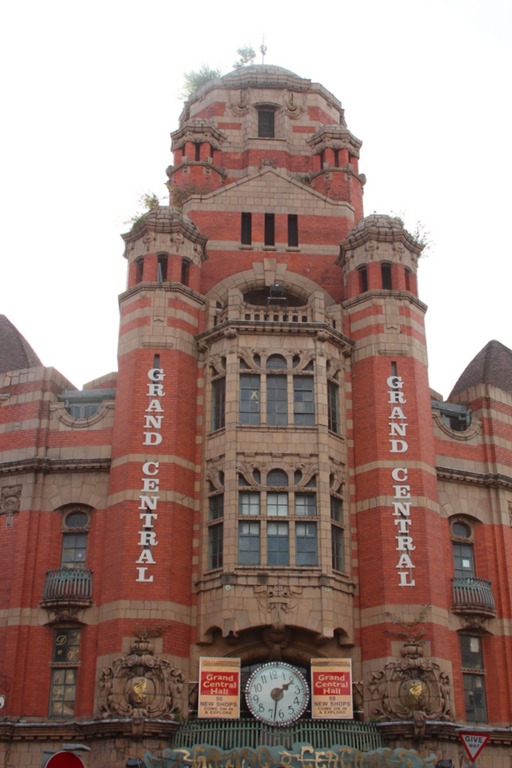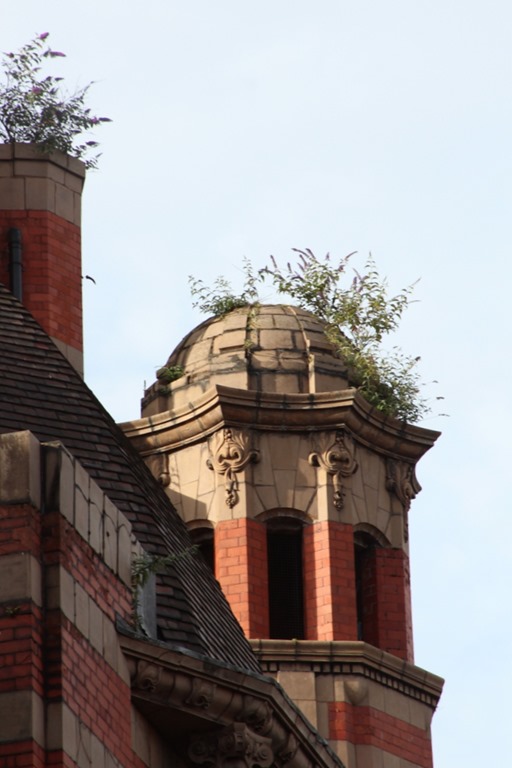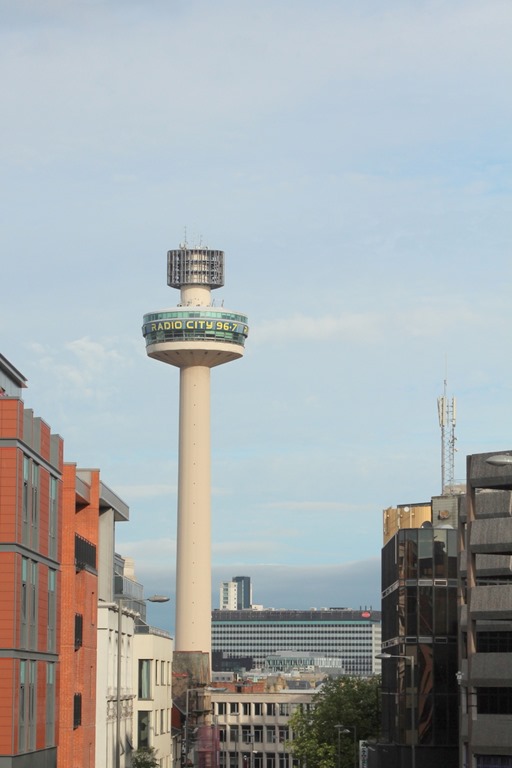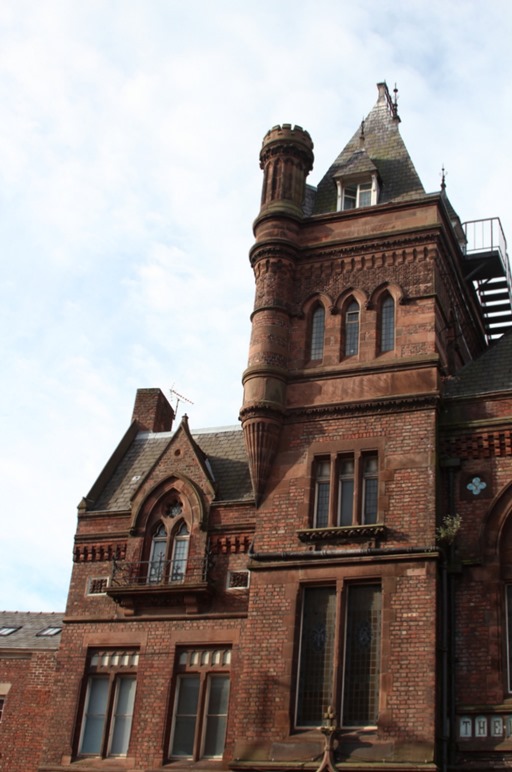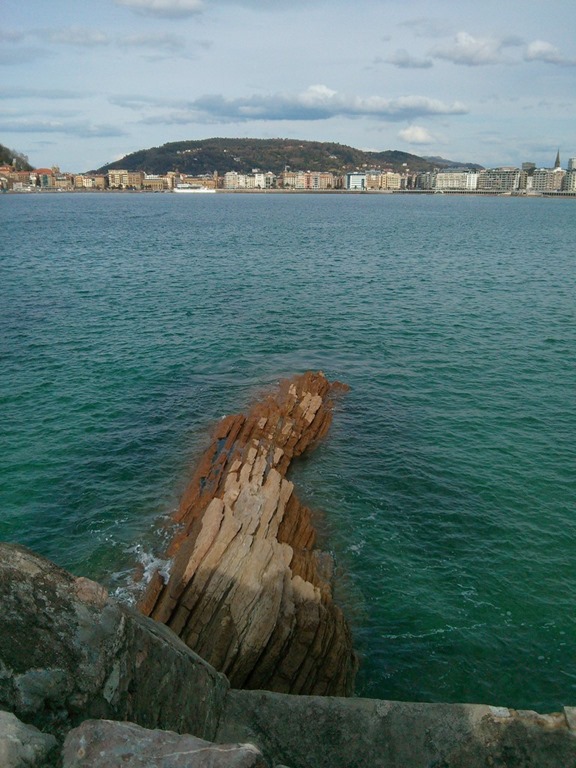 Once again I look back on a year of blogging. You can see what I’ve been up to on the index page of this blog.
Once again I look back on a year of blogging. You can see what I’ve been up to on the index page of this blog.
I get the feeling that my blog is just for me and a few students trying to fake having done their set reading. I regularly use my blog to remember how to fix my Ubuntu installation, and to help me remember what I’ve read.
A couple of posts this year broke that pattern.
Of Matlab and Python compared the older, proprietary way of doing scientific computing with Matlab to the rapidly growing, now mature, alternative of the Python ecosystem. I’ve used Matlab for 15 years or so as a scientist. At my new job, which is more open source and software developer oriented, I use Python. My blog post struck a cord with those burnt by licensing issues with Matlab. Basically, with Matlab you pay for a core license and then pay for toolboxes which add functionality (and sometimes you only use a small part of that functionality). It’s even more painful if you are managing networked licenses serving users across the world.
My second blog post with a larger readership was Feminism. This started with the unprofessional attire choice of a scientist on the Rosetta/Philae comet landing mission but turned into a wider, somewhat confessional post on feminism. In a nutshell: women routinely experience abuse and threat of which I believe men are almost entirely oblivious.
As before my blogging energies have been split between my own blog here, and the ScraperWiki blog. My personal blogging is dominated by book reviews these days as, to be honest, is my blogging at ScraperWiki. I blog about data science books on the ScraperWiki blog – typically books about software – and anything else on this blog. “Anything else” is usually broadly related to the history of science and technology.
This year has been quite eclectic. I read about the precursors to Darwin and his theory of evolution, macroeconomics, the Bell Laboratories, railways, parenthood, technology in society, finding the longitude (twice), Lord Kelvin, ballooning, Pompeii and I’ve just finished a book on Nevil Maskelyne – Astronomer Royal in the second half of the 18th century. I think my favourite of these was Finding Longitude by Richard Dunn and Rebekah Higgitt not only is the content well written but it is beautifully presented.
Over on the ScraperWiki blog I reviewed a further 12 books, bingeing on graph theory and data mining. My favourites from the "work" set were Matthew A. Russell’s Mining the Social Web and Seven Databases in Seven Weeks. Mining the Social Web because it introduces a bunch of machine learning algorithms around interesting social data, and the examples are supplied as IPython notebooks run in a virtual machine. Seven Databases is different – it gives a whistle stop tour of various types of database but manages to give deep coverage quite quickly.
I continue to read a lot whilst not doing a huge amount of programming – as I observed last year. I did write a large chunk of the API to the EU NewsReader project we’re working on which involved me learning SPARQL – a query language for the semantic web. Obviously to learn SPARQL I read a book, Learning SPARQL, I also had some help from colleagues on the project.
I had a lot of fun visualising the traffic and history of the London Underground, I did a second visualisation post on whether to walk between Underground stations in London.
Back on this blog I did some writing about technology, talking about my favourite text editor (Sublime Text), my experiences with Apple, Ubuntu and Windows operating systems, the dinky Asus T100 Transformer laptop, and replacing my hard drive with an SSD (much easier than I thought it would be). The Asus is sadly unused it just doesn’t serve a useful purpose beside my tablet and ultrabook format laptop. The SSD drive is a revelation, it just makes everything feel quicker.
The telescope has been in the loft for much of the last year but I did a blog post on the Messier objects – nebulae and so forth, and I actually took an acceptable photo of the Orion nebula although this went unblogged.
Finally, the source of the photo at the top of the page, I visited San Sebastian for an EU project I’m working on. I only had my phone so the pictures aren’t that good.
Happy New Year!

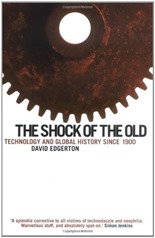 The Shock of the Old
The Shock of the Old



